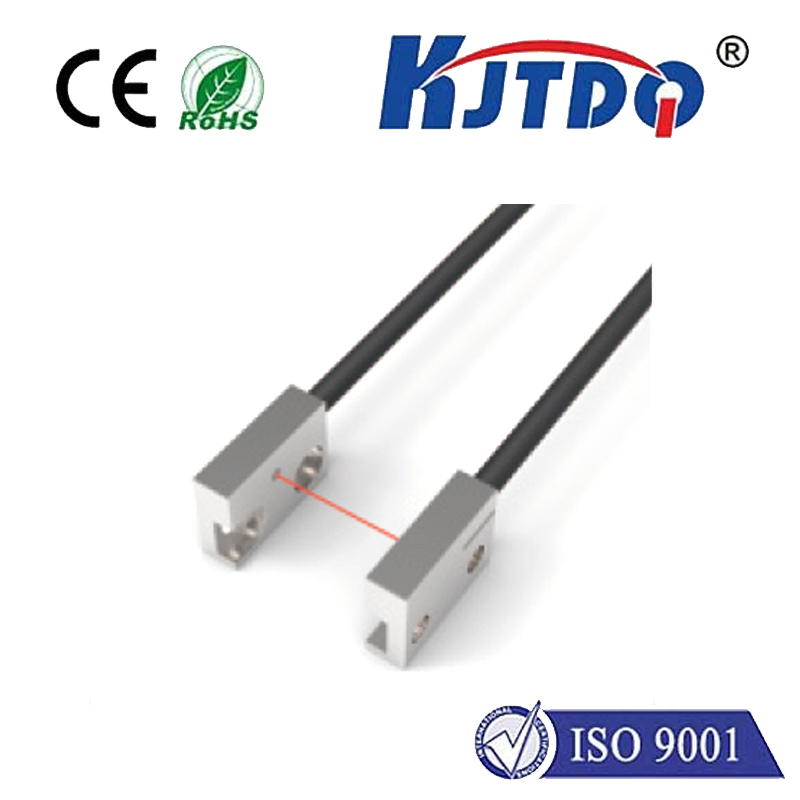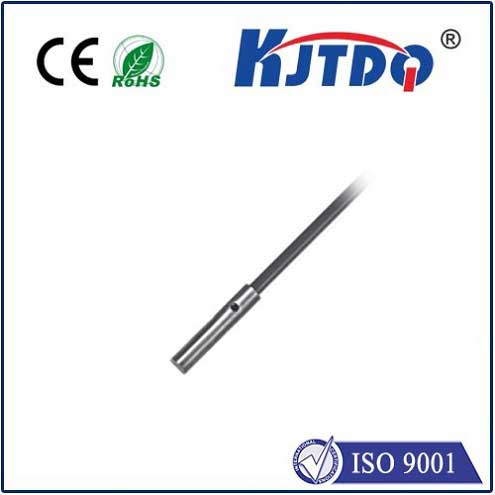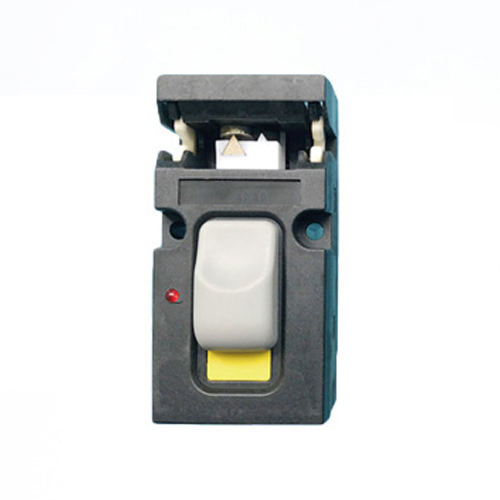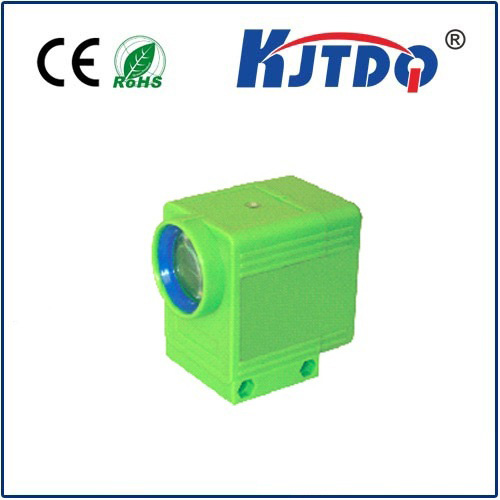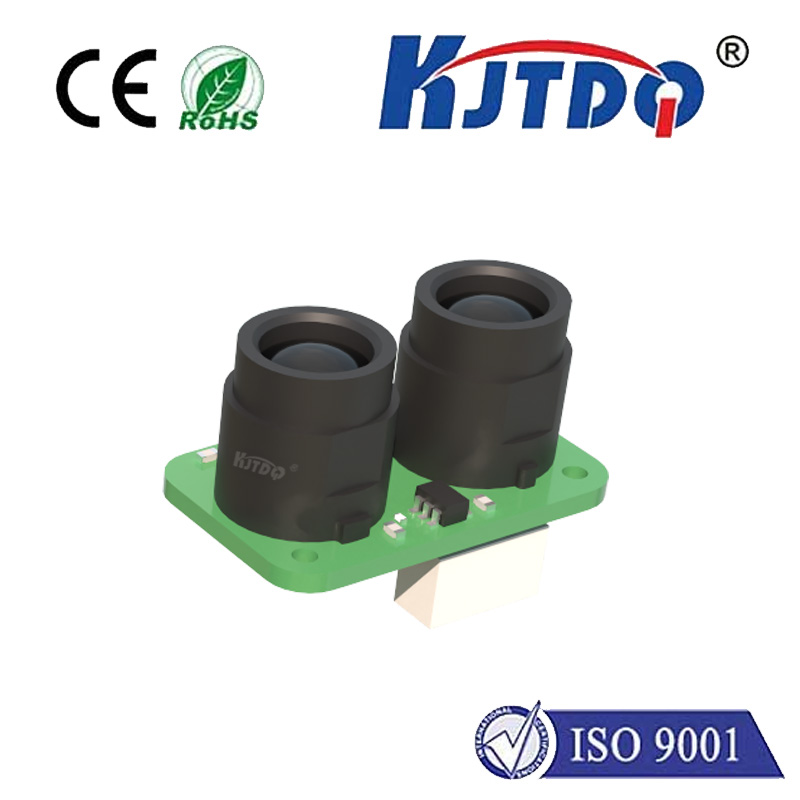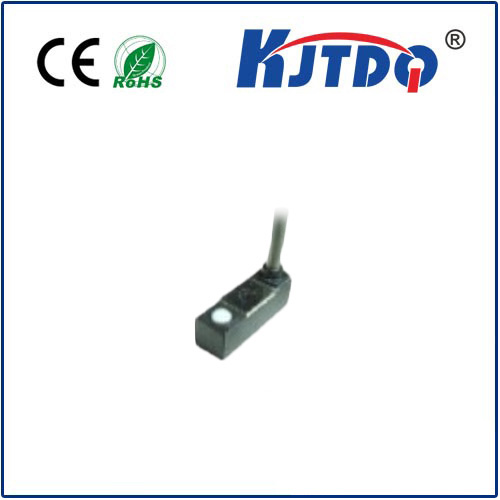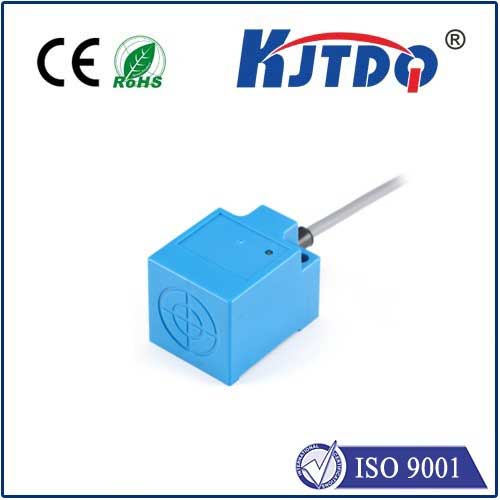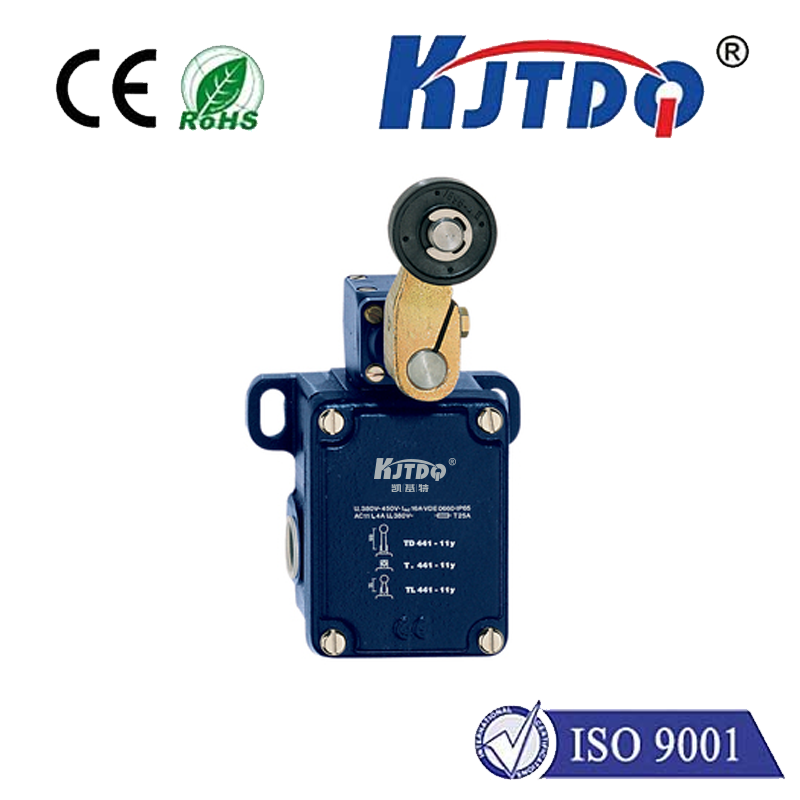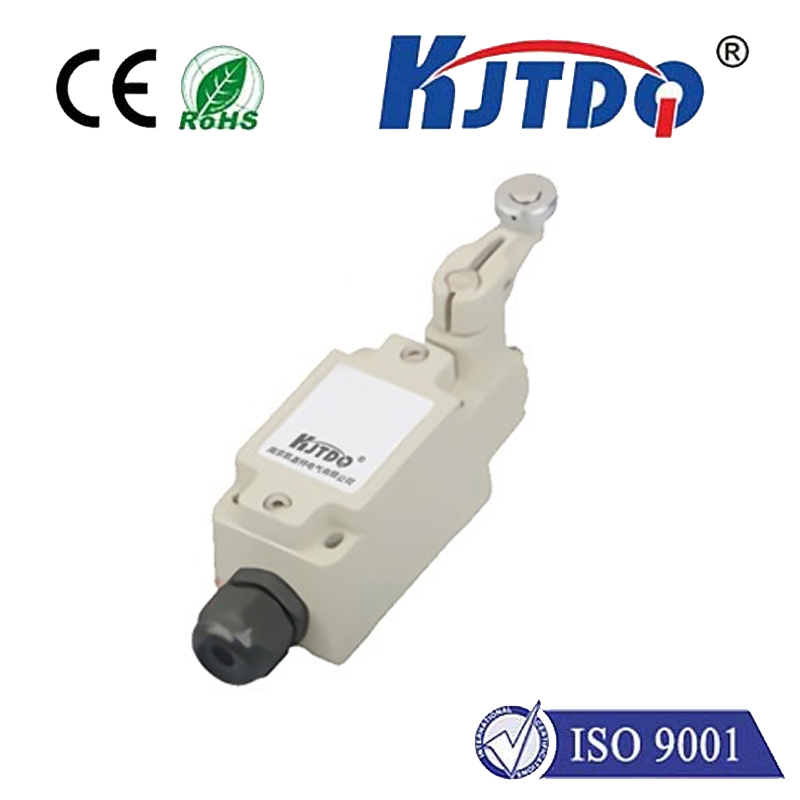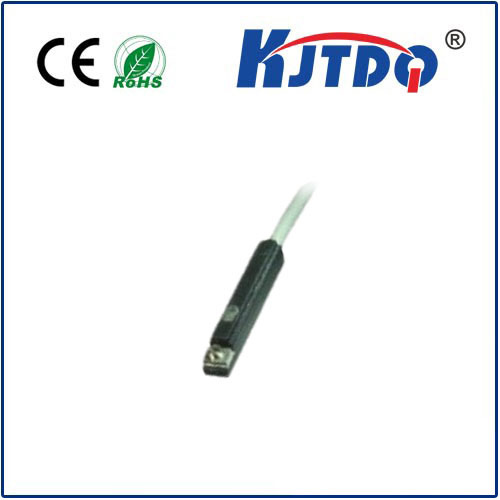In an era where lasers drive innovations in industries from manufacturing to healthcare, precise power measurement isn’t just a luxury—it’s a necessity. Whether calibrating surgical tools, optimizing fiber optic networks, or testing industrial cutting systems, understanding laser output with accuracy can mean the difference between success and costly errors. Enter the лазерный динамометр термоэлектрического реактора, a device engineered to deliver reliable, high-precision measurements even for the most demanding laser applications.
A thermopile laser power meter is a specialized instrument designed to measure the optical power of lasers by converting thermal energy into an electrical signal. Unlike photodiode-based sensors, which struggle with high-power or pulsed lasers, thermopile sensors excel in handling broad wavelength ranges (from UV to far-IR) and extreme power levels—up to kilowatts in some cases. The core of this technology lies in its thermopile detector, a multi-junction sensor that generates a voltage proportional to the temperature difference between its hot and cold junctions. When laser radiation strikes the absorber coating, heat is transferred to the thermopile, creating a measurable electrical output. This method ensures minimal wavelength dependence, making it ideal for applications involving diverse laser types.
Photodiodes require calibration for specific wavelengths, but thermopile sensors operate independently of wavelength. This makes them indispensable in environments where lasers of varying frequencies—such as CO₂ (10.6 µm), Nd:YAG (1.06 µm), or excimer lasers (UV)—are used interchangeably.
Traditional sensors often saturate or degrade under high-power lasers. Thermopile meters, however, distribute heat across a large surface area, enabling accurate measurements for continuous-wave (CW) lasers exceeding 10,000 W. Advanced models even incorporate water-cooling systems to manage extreme thermal loads.

With no delicate semiconductor components, thermopile detectors are inherently robust. Their absorption coatings, often made from materials like gold black or carbon nanotubes, resist damage from prolonged exposure to intense beams.
In dermatology or ophthalmology, laser power directly impacts treatment efficacy and safety. Thermopile meters ensure devices like fractional CO₂ or Q-switched lasers operate within FDA-approved parameters. For example, overpowered aesthetic lasers risk causing burns, while underpowered units may fail to deliver results.
High-power lasers cut, weld, and engrave metals with micron-level precision. Automotive and aerospace manufacturers rely on thermopile meters to monitor fiber lasers and CO₂ systems in real time, preventing downtime caused by power drift.
From developing next-gen lidar systems to fusion energy experiments, researchers depend on thermopile technology for its ability to measure ultrafast pulsed lasers (picosecond or femtosecond pulses) without signal distortion.
While lower-power lasers dominate fiber optics, thermopile meters still play a role in testing erbium-doped fiber amplifiers (EDFAs) and ensuring signal integrity in long-haul networks.
Not all thermopile sensors are created equal. Consider these factors:
Emerging trends like ultrafast lasers and terahertz radiation are pushing measurement tech to new limits. Manufacturers are now integrating thermopile sensors with AI-driven analytics for predictive maintenance and automated power adjustment. Meanwhile, advancements in nanomaterials promise detectors with faster response times and even higher damage thresholds. For industries reliant on laser precision, investing in a high-quality thermopile laser power meter isn’t just about meeting standards—it’s about future-proofing operations in a world increasingly driven by photonic innovation.
